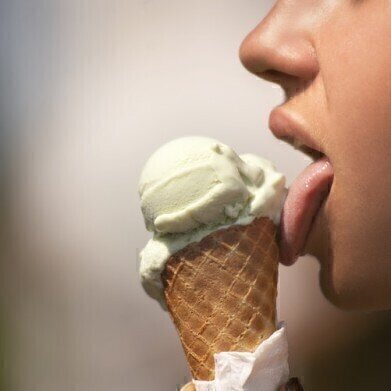Bioanalytical
Is Your Vanilla Authentic? — Chromatography Extracts the Truth
Feb 07 2018
It is one of the most widely used flavourings in the food industry — used by everyone from master chefs to home bakers. But is the vanilla you are using authentic? Because of its popularity and the cost of real stuff, vanilla is one of those products that unscrupulous people like to fake There is nothing wrong in using manufactured vanilla flavouring — as long as you know what you are paying for. So how do we check that we are getting the real deal — use chromatography of course.
Fruit of an orchid
Vanilla come from orchids, well to be specific, it comes from the vanilla orchid. The word vanilla literally means ‘little pod’, and it is from the seed pods of the orchid that we get the flavouring. But the reason why people fake vanilla is down to its production costs. It is pricey because of the way it must be commercially cultivated. Each flower must be pollinated by hand.
Vanilla orchids originally came from what is now Mexico. The Aztec’s used the pods as a flavouring long before European chefs got hold of it. Legend has it that the Spanish took vanilla back to Europe in the 15th Century. But they forgot to take the bees that pollinate vanilla flowers, and the plants didn’t produce any seeds.
Hand pollination — an expensive business
You see, vanilla is pollinated by only a few species, including a type of bee and some hummingbirds. And without these, there are no seed pods. It has since been cultivated in a few other areas of the world, including Indonesia and Madagascar. But these all rely on hand pollination — a trick found by a slave on the island of Reunion in the 1840s. Once this trick was known, commercial production could begin.
Worldwide production of vanilla is significantly short of the demand. It takes a long time to produce the seed pods needed to deliver the delicious flavours and is very labour intensive. Hence, the need for artificial vanilla. It is relatively easy to synthesize the main flavouring compound found in vanilla from lignin, a by-product of the wood-pulp and paper industry.
Spotting cheap vanilla
Chromatography has been at the forefront of analysing vanilla extracts to ensure their provenance as genuine. A combination of gas or liquid chromatography can be used alongside mass spectrometry. But, the methods have been time consuming and mass spec is not available in all laboratories.
Recent advances in analysing vanilla extracts has seen the use of new detectors like vacuum ultraviolet used. The use of these detectors is discussed in the article, A New Method for Fast Residual Solvents Analysis and Untargeted Unknown Identification Faster Sample Throughput and Shorter GC Runtimes Using GC-VUV and Static Headspace.
So, as you’re sitting on the beach this summer eating a cornet — remember the part played by chromatography in making sure your ice cream tastes great.
Digital Edition
Chromatography Today - Buyers' Guide 2022
October 2023
In This Edition Modern & Practical Applications - Accelerating ADC Development with Mass Spectrometry - Implementing High-Resolution Ion Mobility into Peptide Mapping Workflows Chromatogr...
View all digital editions
Events
ACS National Meeting - Fall 2024
Aug 18 2024 Denver, CO, USA
Sep 04 2024 Chiba, Tokyo, Japan
Sep 04 2024 University of Warwick, Coventry, UK
Sep 10 2024 Rockville, MD, USA
Plastics Recycling World Expo Europe
Sep 11 2024 Brussels, Belgium














